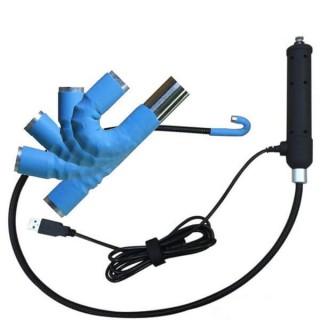simtech
En-Route
My last annual I had a low compression on cylinder #2 on my O-360. We did the compression test cold because I had already drained the oil the day before. So the compression was 64 and all other other mid 70's. Every annual before test was done hot and comps all in the mid 70's.
Well this annual the low compression, cold, was accompanied with air coming out the exhaust pipe. I flew for 20ish hours and we retested today. Still cold test BUT compression back up to 70 and still feel slight air from the exhaust.
Mechanic said its fine ( carbon stopping it maybe, keep flying) and Im still concerned and not wanting to fly much now. Im looking to have another mechanic look at it but im not sure I should be flying it at this point. Engine runs great, no issues at all. So until I can get anther mechanic out to look is there anything I can look at to get a head start? Do the test warm first before I get too upset? Keep flying it another 10 then retest?
Well this annual the low compression, cold, was accompanied with air coming out the exhaust pipe. I flew for 20ish hours and we retested today. Still cold test BUT compression back up to 70 and still feel slight air from the exhaust.
Mechanic said its fine ( carbon stopping it maybe, keep flying) and Im still concerned and not wanting to fly much now. Im looking to have another mechanic look at it but im not sure I should be flying it at this point. Engine runs great, no issues at all. So until I can get anther mechanic out to look is there anything I can look at to get a head start? Do the test warm first before I get too upset? Keep flying it another 10 then retest?
Last edited:


